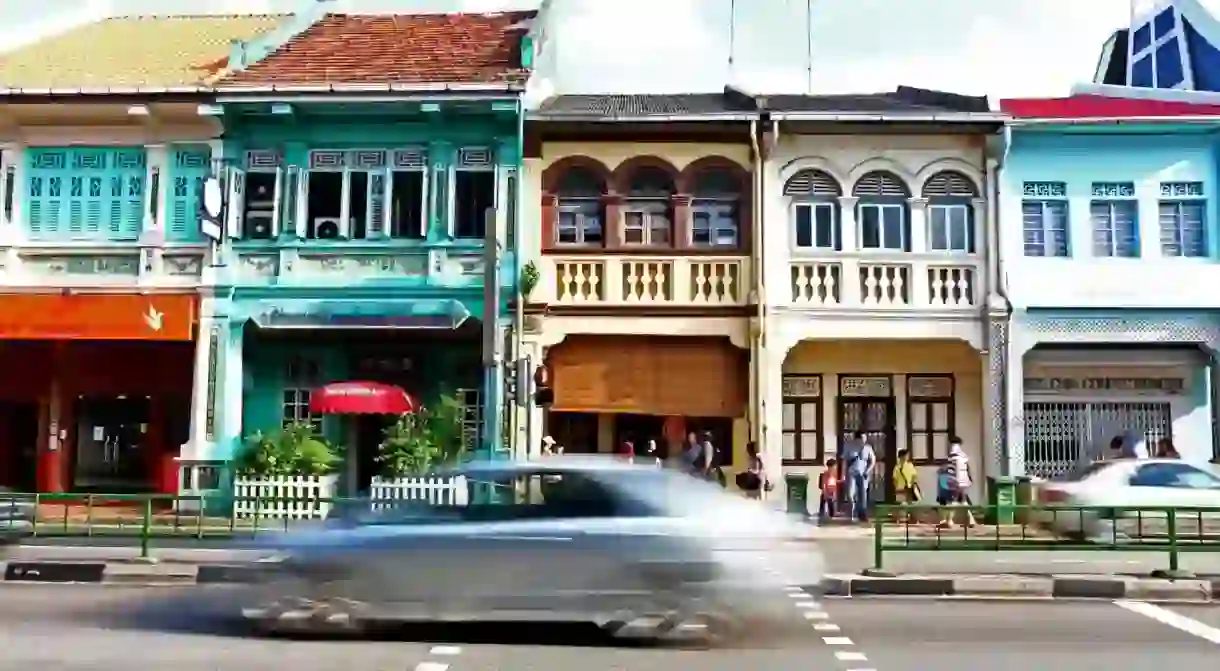A Brief History of Singapore's Peranakan Culture

The history of Singapore’s Peranakan culture goes as far back as the 15th century, when Chinese immigrants were settling in Malaya (now Peninsular Malaysia and Singapore) in increasing numbers. Today, the Straits-born Chinese, also known as Peranakan Chinese, are the descendants of those immigrants. Historically, they were often traders and embraced culture from both the local Malaysian culture as well as the colonial British.
The first wave of Chinese immigrants to Malaya and Indonesia arrived in the 10th century, however, the practice became much more common in the 15th century, when trade embargoes were lifted and further exacerbated by China’s failing economy. At the outset, it was common for Chinese men to take on Batak and Balinese slave wives. After the original settlements, the descended Peranakans moved in greater numbers between different countries in the region, maintaining separate colonies from the locals.

Many aspects of Peranakan culture can still be found in Singapore and Malaysia, such as the traditional food and architecture. The traditional Peranakan food is referred to as nonya food, meaning women. The flavors of Peranakan cuisine take inspiration from Malay and Indonesia, however, one of the biggest differences is that Peranakan dishes often involve pork, such as babi pongteh, a dish of braised pork with salted bean paste. One of the most popular Peranakan dishes is beef rendang, where beef is stewed in coconut milk and spices.
Peranakan shophouses can be found all over Singapore. Due to their history of acting as traders for the Chinese and colonial populations in Singapore, they were a fairly wealthy population and displayed this wealth using the facade of their homes. Visit Emerald Hill or Joo Chiat and you will see examples of the colorful and ornate Peranakan homes in Singapore.

To learn more about the history of Peranakan culture in Singapore, head to the Peranakan Museum on Armenian Street, which is currently featuring a specially curated program on Nyona embroidery and beadwork; they also have permanent galleries displaying everything from traditional wedding garb to everyday artifacts. Head up to Candlenut at Dempsey to enjoy Peranakan cuisine with a contemporary twist by local chef Malcolm Lee.
Addresses and Phone Numbers:
Peranakan Museum, 39 Armenian St, Singapore, +65 6332 7591
Candlenut, 17 Dempsey Rd, Singapore, +1 800 304 2288















